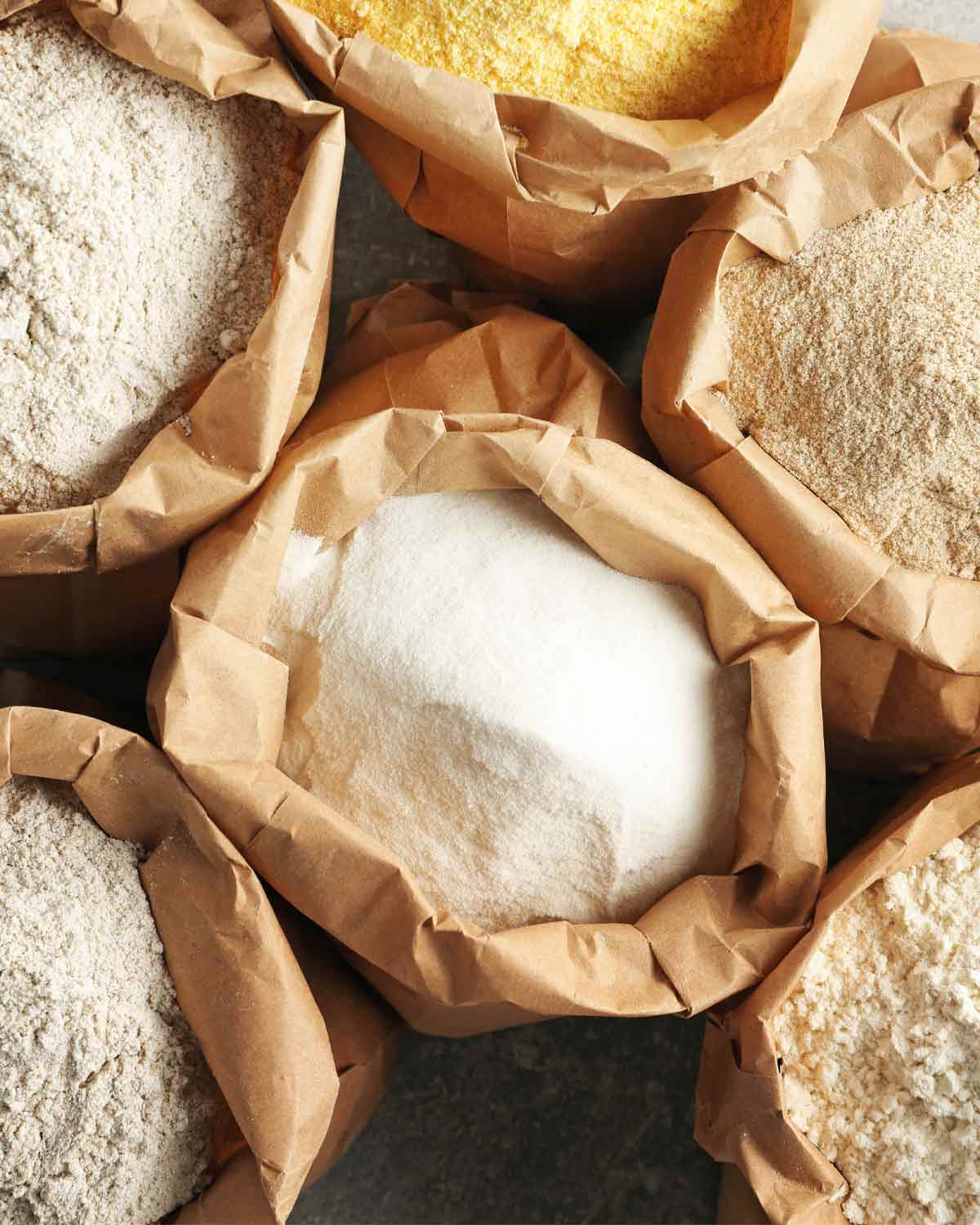
What’s the difference among types of flours examines what to do if you’ve ever looked at a recipe, found you didn’t have the right flour on hand, and wondered whether it really makes that much of a difference.
Chat with us

“Can I substitute a different kind of flour in this recipe?”
Have we heard that one a lot—especially recently given the relative scarcity of flour in some stores. Before we can answer that question, though, it’s important to explain just how drastically flour types can differ from one another depending on the particular type of wheat—and related protein content—contained within them.
We also want to remind you that baking is a pretty precise science. (Don’t go running from your screen screaming, “I thought I left chemistry behind in high school!”)
You may already be guessing that there’s some trickiness in answering this question.
Is there a big difference among types of flours?
In a word, yes. The type of flour that results depends on several factors, primarily the kind of wheat berry used although how it’s milled also plays an important role in your results. So does when it’s harvested. Hard wheat, soft wheat, winter wheat, spring wheat—that’s a lot of wheat.
The higher the protein percentage in a type of grain, the more gluten it contains. And that gluten content is a critical factor in how elastic your dough will be and how well your bread and other baked lovelies will rise and hold their shape during baking.
Hard wheat is generally higher in protein (11 to 18%) and is used in recipes for hearty, dense, crusty loaves of bread. Soft wheat is lower in protein (8 to 11%) and is used to make baked goods that are light, fluffy, and enticingly crumbly, such as cakes and cookies.
Don’t worry, you don’t need to get a master’s degree in wheat varieties to figure out which flour to use or swap in for another. You just need the information below.
So can I substitute one flour for another?
The short answer is it’s tricky. The long answer is you want to always compare the protein content of the flour your recipe calls for with the protein content of the flour you do have on hand. You want them to be within a percentage point or three of one another. Or you can simply look below to see if we give you permission to swap ’em out. Note that the protein content of various flours can be slightly depending on the brand and country of origin. [Spoiler alert: If you go rogue, just know your risk-taking tolerance.]
All-purpose flour
This is the good old-fashioned staple you and your mom and your mom’s mom and her mom before her have been using in their kitchens for the last century or so. All-purpose flour is typically milled from a mixture of soft and hard wheat varieties to yield a protein content of 10 to 12%. It’s the most common flour in recipes and essentially caped crusader in terms of its ability to perform in nearly any common baking recipe. Think cookies, brownies, pancakes, crumbles, pie crusts, cakes, quick breads, and many yeasted breads.
If you don’t have all-purpose flour…
1 cup bread flour = 1 cup all-purpose flour (note that your results will be slightly denser)
1 cup plus 2 tbsp cake flour = 1 cup all-purpose flour
If all you have is all-purpose flour…
1 cup all-purpose flour = 1 cup bread flour (note that the bread will be slightly less chewy)
1 cup all-purpose flour + 2 tbsp of cornstarch = 1 cup cake flour
Bread flour
This type of flour is milled from a hard wheat berry and, as such, is the “strongest” of all flours, coming in at a whopping 12 to 14% protein content, which is the highest gluten content of pretty much any flour. (This is why you sometimes hear bread flour referred to as “strong” flour in the UK and elsewhere.) Why is that awesome? Because all of that protein and strength is going to cause your bread dough to rise properly and give you that satisfying, chewy texture when it’s all said and done. Use bread flour when you’re craving yeasty breads. Think artisan loaves, bagels, and old-fashioned pretzels.
If you don’t have bread flour…
1 cup all-purpose flour = 1 cup bread flour (note that your results will be slightly less chewy)
If all you have is bread flour…
1 cup bread flour = 1 cup all-purpose flour (note that your results will be slightly denser)
Cake flour
Cake flour is milled from soft wheat and contains the lowest percentage of protein at 5 to 8%, and, hence, the least amount of gluten of any flour mentioned here. Recipes that call for it reward you with softer, lighter muffins, biscuits, and—you guessed it—cake. As an added bonus, it tends to absorb more liquid than plain old all-purpose flour, which helps ensure that whatever you bake doesn’t end up disappointingly dry.
If you don’t have cake flour…
2 tbsp of cornstarch + enough all-purpose flour to make 1 cup = 1 cup cake flour
If all you have is cake flour…
You can try to substitute cake flour for all-purpose flour in certain things like muffins, biscuits, and cake, although keep in mind the texture will be slightly different. Do not try cake flour in place of all-purpose for bread or pizza dough.
Pastry flour
This is sometimes confused with cake flour but they’re actually two distinct types of flour. While the term “pastry” makes this flour sound delicate, it packs a surprising 8 to 9% percent protein content and a bit more gluten than cake flour, which means it falls somewhere in between all-purpose and cake flours. Using pastry flour nearly guarantees a final product that’s tender and flaky. Think pastry. As in pie crusts. But also biscuits, muffins, cookies, pancakes, and cakes.
If you don’t have pastry flour…
1 1/3 cups all-purpose flour + 2/3 cup cake flour = 2 cups pastry flour
If all you have is pastry flour…
1 cup pastry flour = 1 cup all-purpose flour (but only use this swap in recipes for relatively delicate items such as muffins, biscuits, scones, cakes, and quick breads)
How to Measure Flour Properly
[essay-video]
Self-rising flour
Self-rising flour is made from soft wheat berries and contains 8 to 9% protein. Baking powder and salt are then added during the milling process to eliminate the need to add additional leavening agents. Think easy, stir-em-up and get-em-on-the-table kinds of things like pancakes, muffins, biscuits, and dumplings.
If you don’t have self-rising flour…
1 cup pastry flour (or, to be honest, even all-purpose flour because pancakes aren’t picky) + 1 1/2 teaspoons baking powder + 1/4 teaspoon salt = 1 cup self-rising flour
If all you have is self-rising flour…
Know that it does not play well with others and should not be used as a substitute in recipes that don’t specifically call for it. The additional baking powder and salt will upset the equilibrium of the rest of your ingredients.
Semolina flour
This flour is made from hard durum wheat and has a similar protein and gluten content to all-purpose flour but is ground a little more coarsely, lending a somewhat sturdier texture to anything made with it. It’s the flour typically used in making dried Italian pasta and Moroccan couscous. It has a characteristic yellow cast from the presence of carotenoids found in the outer layer of the wheat that’s ground into this flour but typically not included in other flours.
If you don’t have semolina flour…
There isn’t an actual substitute for semolina flour although all-purpose flour comes close in terms of protein content. The texture of whatever you make, however, will be considerably less durable.
If you don’t have semolina flour…
We’re not going to encourage you to swap this for any other type of flour as the coarser texture may wreak havoc.
“00” flour
Most “00” flour in the United States is milled from durum wheat and, though it’s milled much more finely than all-purpose flour, has a near identical protein content of about 11 to 12%. That texture and the higher gluten content are the key elements to creating a super elastic dough that’s a cinch to roll out into a thin dough coveted in making NY Style Pizza. If you’re struggling to find “00” at the market, it may instead be labeled as Doppio Zero, Italian-style flour, and “0” flour. It’s also used in fresh pasta and flatbreads.
If all you have is “00” flour…
We don’t recommend substituting “00” flour in other recipes. Not because it won’t necessarily work. Because at about $8.64 a pound versus $1.03 a pound for all-purpose, well, you do the grocery math. (If cost isn’t a factor, knock yourself out, keeping the protein content in mind, in which case 1 cup “00” = 1 cup bread or all-purpose flours.)
If you don’t have “00” flour…
You can usually substitute all-purpose flour, cup per cup, although be warned that the resulting texture will be different.
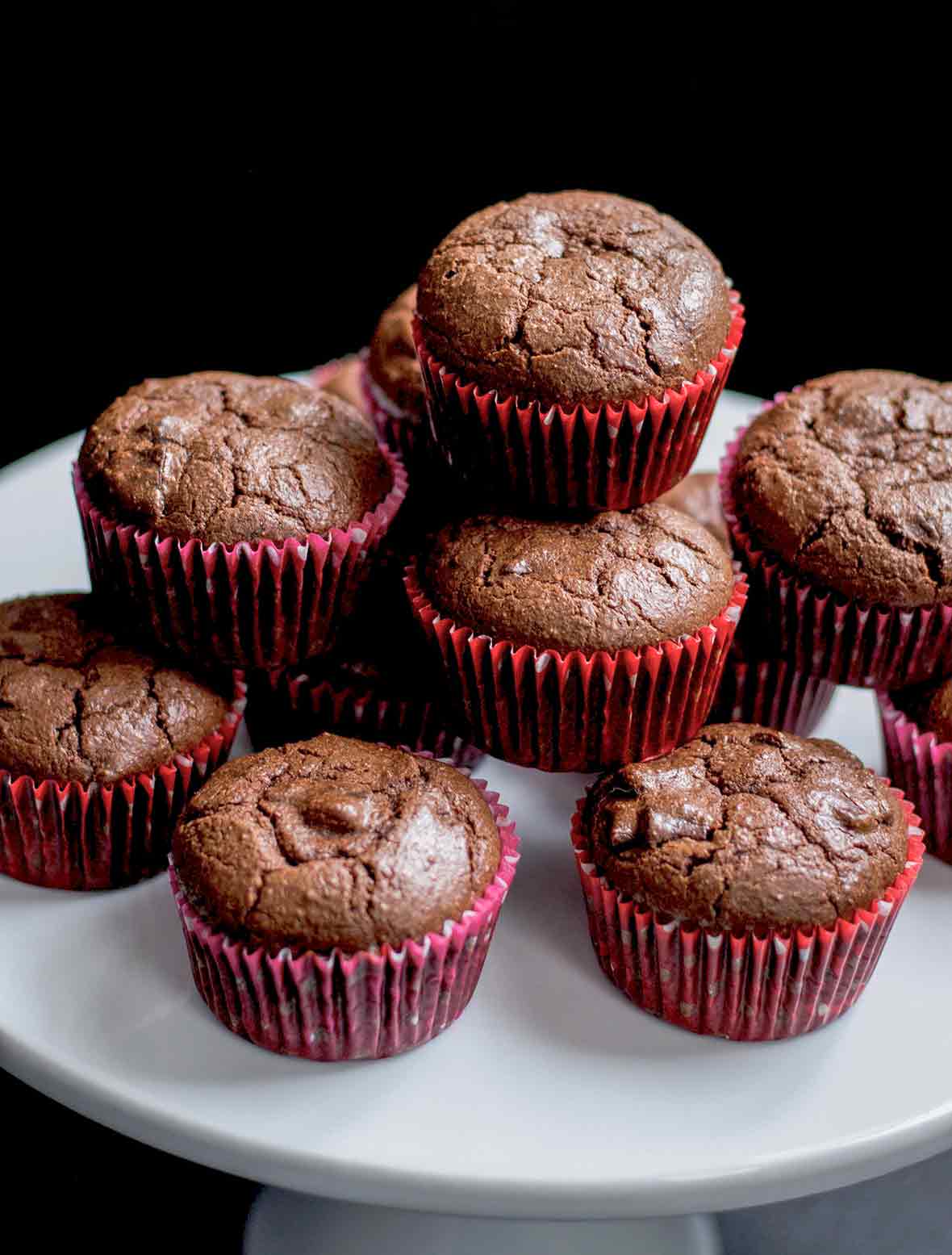
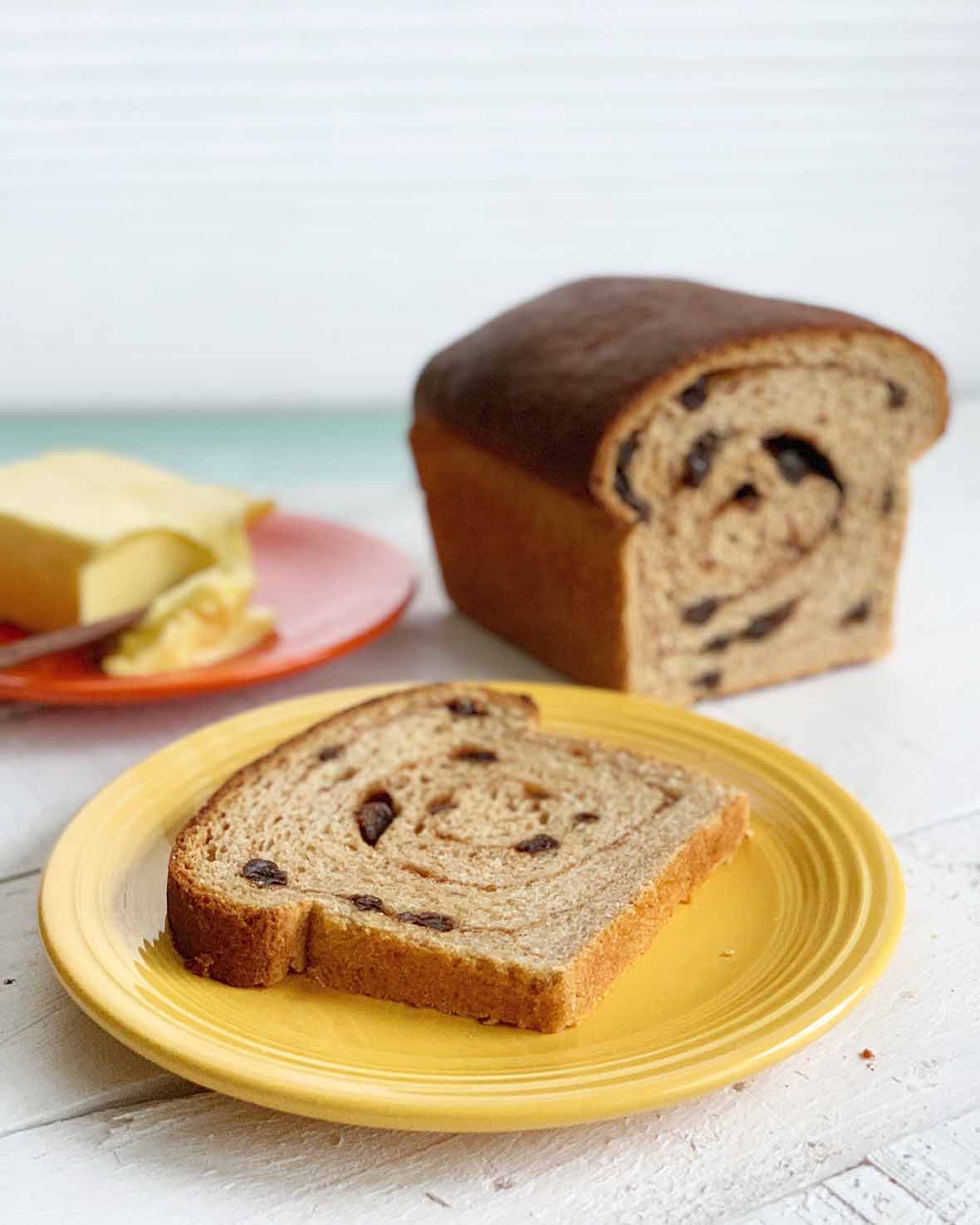
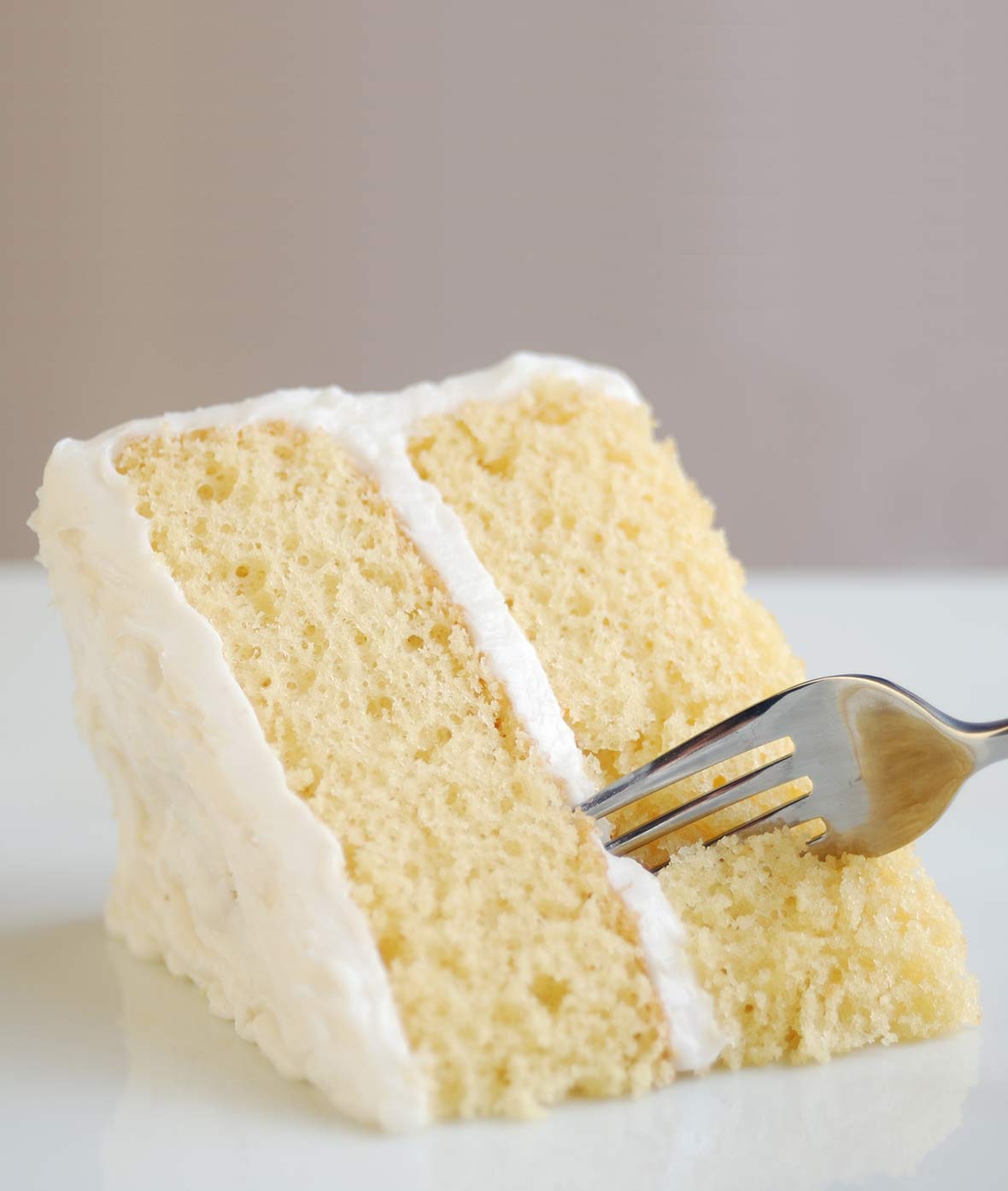
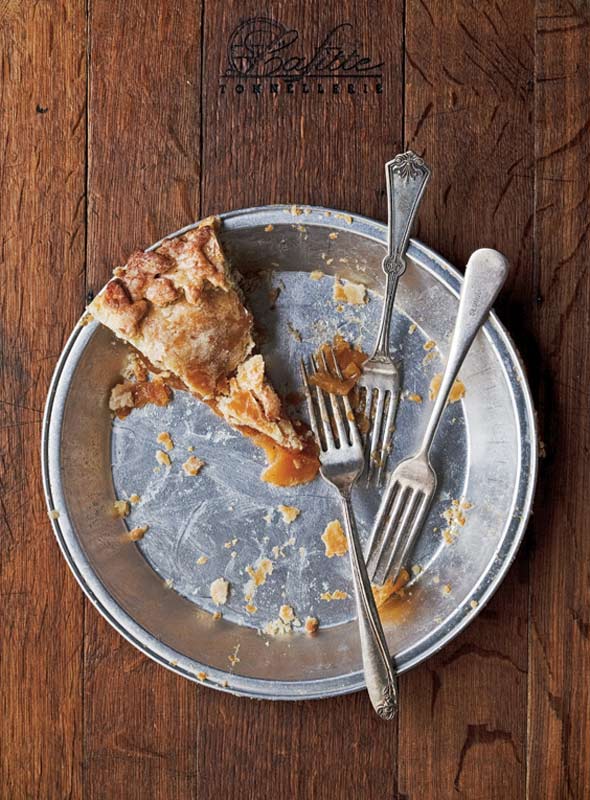
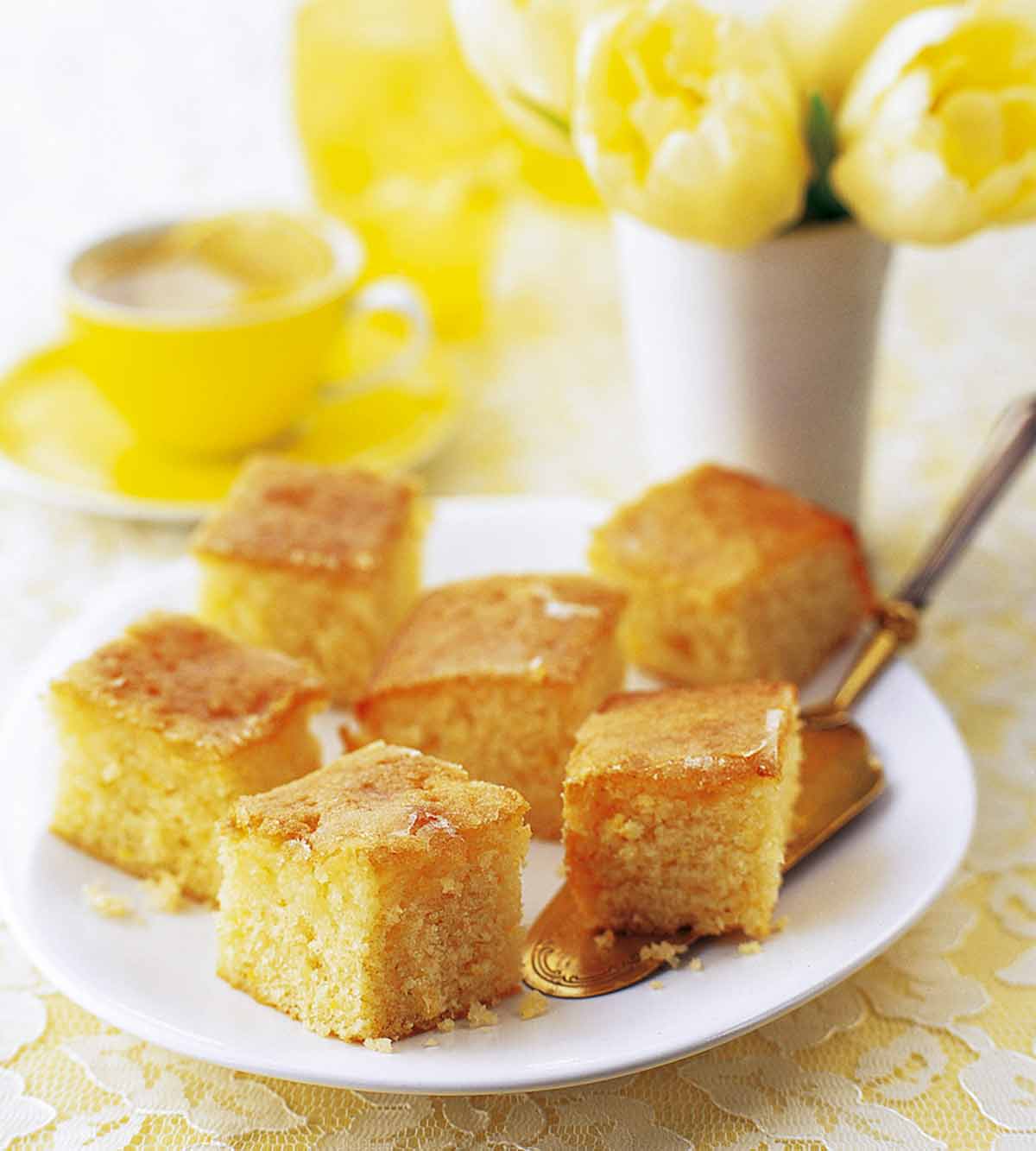
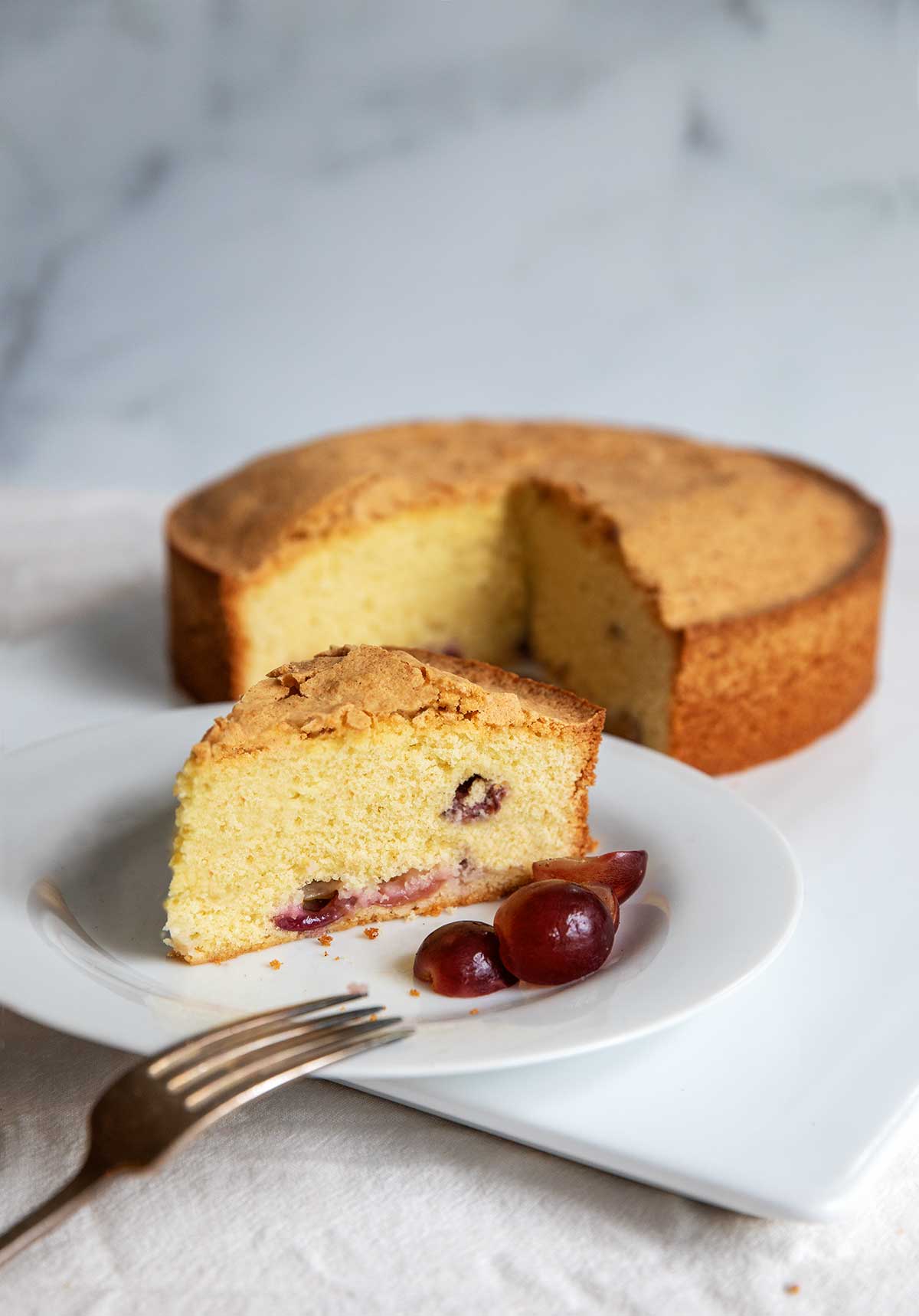
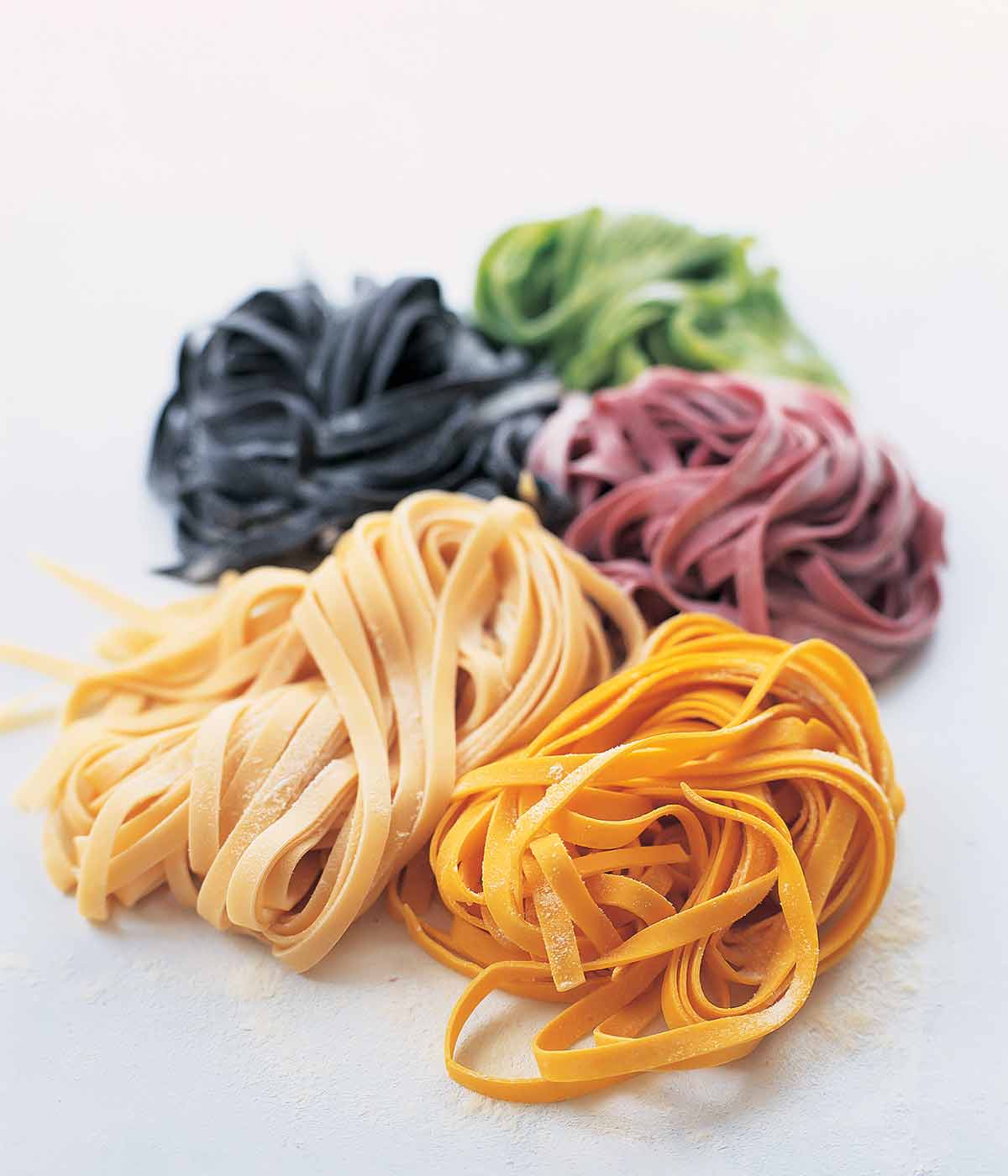


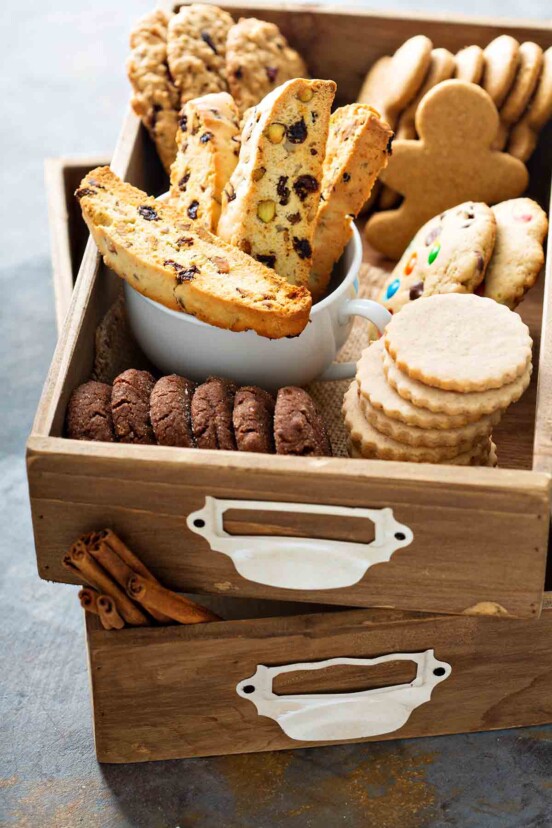









Bravo Diana!
Thanks so much, Daniel!